This guide explores the relationship between deer and these peonies to equip you with knowledge needed to protect your gardening endeavors.
The Appeal of Peonies: A Gardener’s Favorite
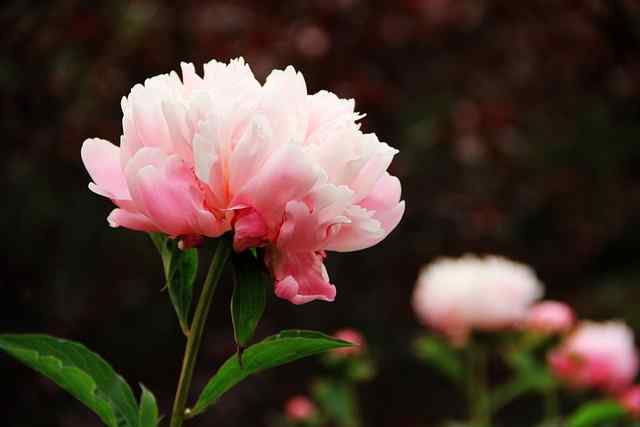
Before addressing the relationship between deer and peonies, it’s essential to understand what makes peonies a cherished choice for gardeners. With their lush, round blooms and vivid colors, peonies often bloom in late spring, presenting a breathtaking floral display. They come in various shades ranging from soft pastels to vibrant reds, making them versatile for any garden design. Moreover, they are known for their delightful fragrance, which draws in not only gardeners but also a range of pollinators.
Peonies are perennials, which means they can survive year after year, given the right conditions. Their resilience, beauty, and ease of care make them a rewarding addition to any garden. However, appreciating these flowers comes with the responsibility of shielding them from potential threats, particularly herbivorous wildlife like deer.
Understanding Deer Behavior and Diet
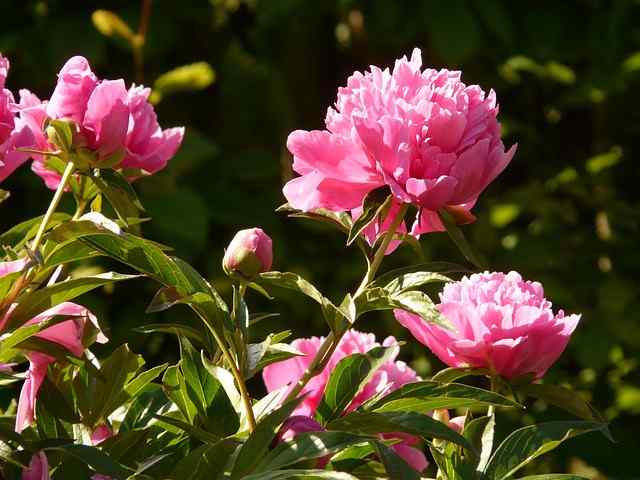
To answer whether deer eat peonies, it’s crucial first to understand the feeding habits of deer. Deer, particularly white-tailed deer, are known for their voracious appetites and adaptable foraging behavior. Their diet consists primarily of leaves, fruits, nuts, and, occasionally, flowers.
Deer are browsers, meaning they prefer to nibble on a variety of vegetation rather than graze on grasses. This browsing habit allows them to consume a wide range of plant materials throughout different seasons. Their diet can change based on seasonal availability, so what’s appealing in one season may not be as desirable later.
Though deer primarily feed on tender shoots and leaves, they also consume a variety of flowers. The palatability of a flower to deer can depend on several factors, including the plant’s chemical composition, its nutritional value, and, importantly, its availability.
Do Deer Eat Peonies? The Verdict
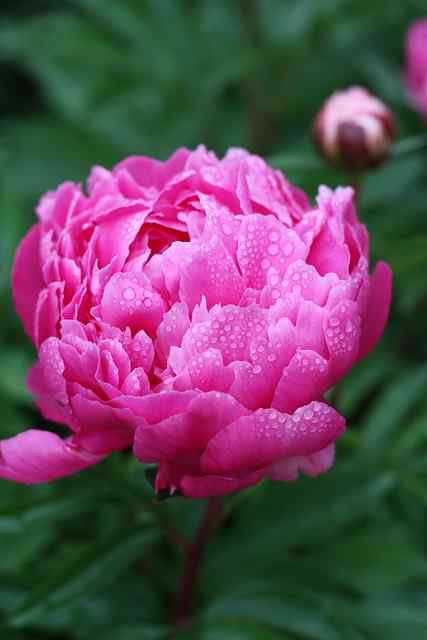
The short answer to this question is that while deer may eat peonies, they are not their preferred choice. Peonies have a somewhat bitter taste due to certain compounds they contain, which makes them less appealing to deer when compared to other tender plants. However, this does not mean that deer will completely ignore them. In times of scarce food supply—especially in late winter or early spring when their usual forage is limited—deer may munch on peony leaves or even flowers if other options are unavailable.
It’s also important to consider that younger plants or those that are not fully established are more susceptible to deer damage. Younger peonies may not possess the same level of bitterness as their mature counterparts, making them a target for deer. Thus, while mature peonies can often evade being browsed, younger plants might be at risk.
Peonies and Deer Resistance: The Fine Line
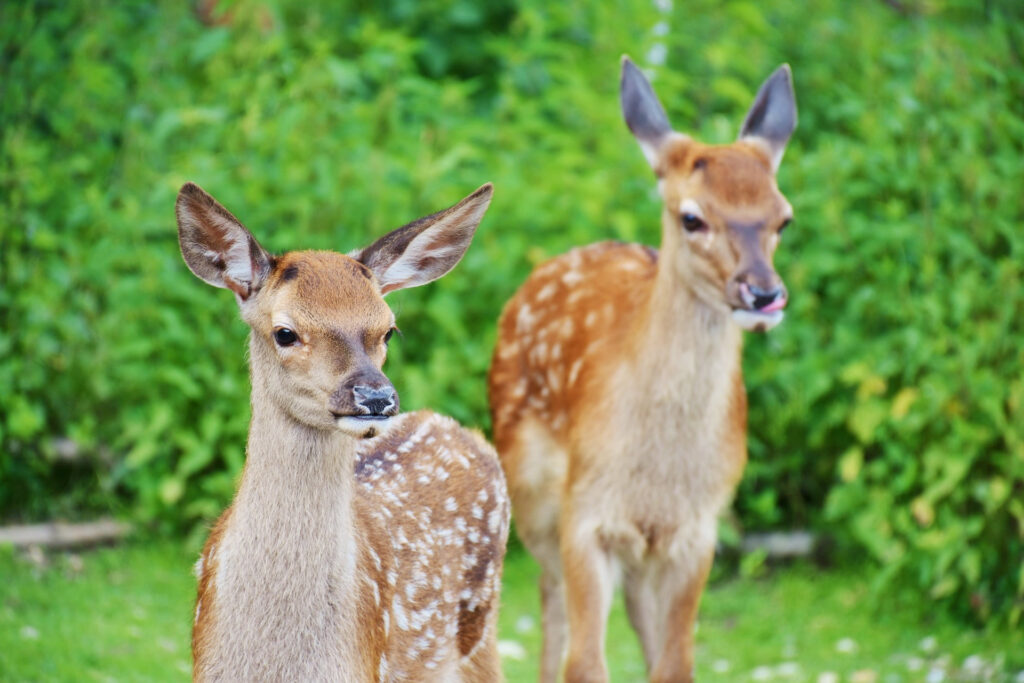
While peonies can be regarded as somewhat deer-resistant, this classification varies with location, deer population density, and seasonal availability of other food sources. In areas with high deer populations, gardeners often find that they must take preventative measures to protect their plants, as hungry deer can become more brazen in their foraging practices.
Interestingly, some peony varieties may exhibit different levels of deer resistance. For instance, tree peonies with their woody stems can be less appealing and more durable against browsing than herbaceous peonies, which are softer and easier for deer to consume. Gardeners might consider opting for tree peonies if deer browsing is a significant concern, as they tend to be less likely to face hefty munching.
Tips for Protecting Your Peonies from Deer
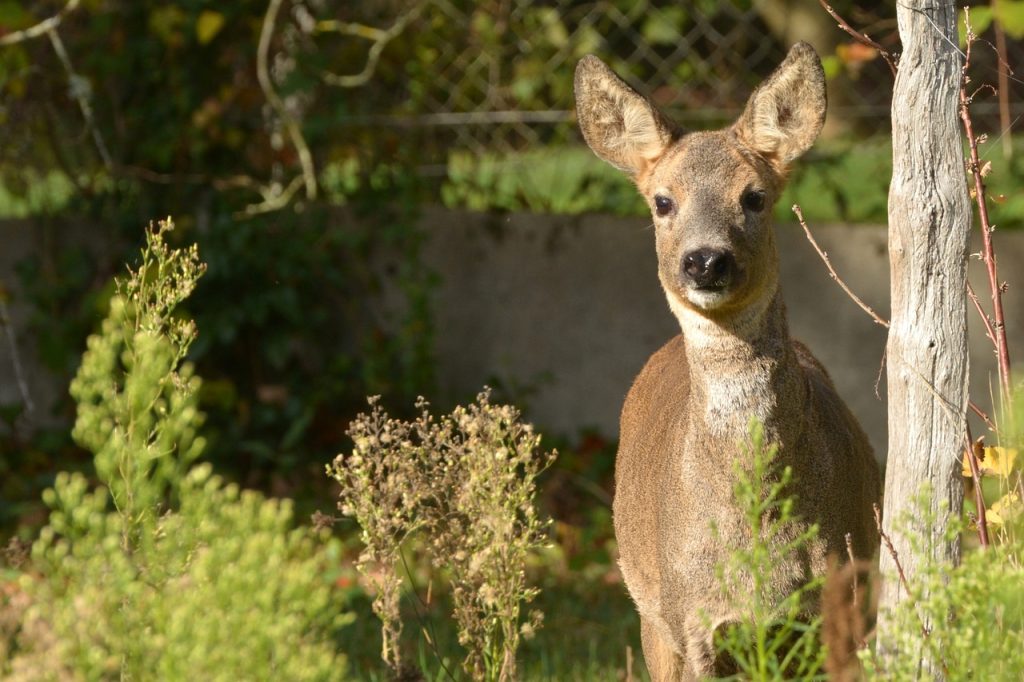
If you’re a peony enthusiast living in an area where deer roam free, you’ll want to employ strategies to safeguard your beloved blooms. Here are several effective approaches:
1. Fencing Solutions
The most effective way to deter deer is by erecting a fence around your garden. Fences should ideally be at least 8 feet tall, as deer are capable jumpers. A good fence not only protects your peonies but also allows other garden staples to thrive without fear of being eaten.
2. Plant Companions
Consider surrounding your peonies with deer-resistant plants. Strong-smelling herbs like lavender, sage, and rosemary can confuse a deer’s sense of smell, making them less likely to venture into the area. Additionally, planting flowers like marigolds or daffodils, which are known to be unappealing to deer, can create a protective buffer for the more vulnerable peonies.
3. Hang Odor Deterrents
Using repellents can be a good strategy as well. Sprays containing predator urine are commercially available and can create the illusion of danger in the vicinity, keeping deer at bay. Other odor deterrents include garlic sprays or solutions made from hot pepper.
4. Regular Movement
Deer tend to become accustomed to static deterrents. To keep them on their toes, consider changing up your garden items, such as wind chimes, flags, or reflective objects. Movement and noise can scare them away.
5. Scare Tactics
Implementing scare tactics can also be a good strategy. Motion-activated sprinklers can surprise unsuspecting deer, while simple things like scarecrows or wind machines can create an environment that deer find uncomfortable.
6. Vigilance and Patience
Last but not least, maintaining a watchful eye is essential. Deer often return to locations where they’ve successfully foraged, so if you notice a deer in your garden, mark down the time and conditions around the incident. Each observation can help you tailor your protective measures effectively.
The Bigger Picture: Biodiversity and Coexisting with Deer
Even as gardeners take measures to protect their peonies from deer, it’s valuable to remember the role of deer in our ecosystems. As herbivores, they contribute to the balance of nature, aiding in seed dispersal and influencing the composition of plant communities. Rather than viewing deer solely as pests, understanding their ecological footprint can foster a more integrated approach to gardening where both plants and wildlife coexist.
Efforts to create a diverse garden—not just in choice of flowers like peonies, but also in the variety of species—can support this cohabitation. By planting a wider array of flora, gardeners might entice deer to smaller, more appetizing plants while providing beauty for themselves and sustenance for other beneficial wildlife.
Conclusion: A Gardener’s Guide to Peonies and Deer
As enchanting as peonies are, the relationship between these beautiful flowers and deer is complex. While deer may nibble on peonies when other options are limited, they are generally not a top choice. Understanding wildlife behavior, particularly that of deer, is vital in managing garden space effectively. By adopting smart protective methods and fostering awareness of ecological systems, you can enjoy the beauty of peonies while minimizing potential conflicts with hungry deer.





